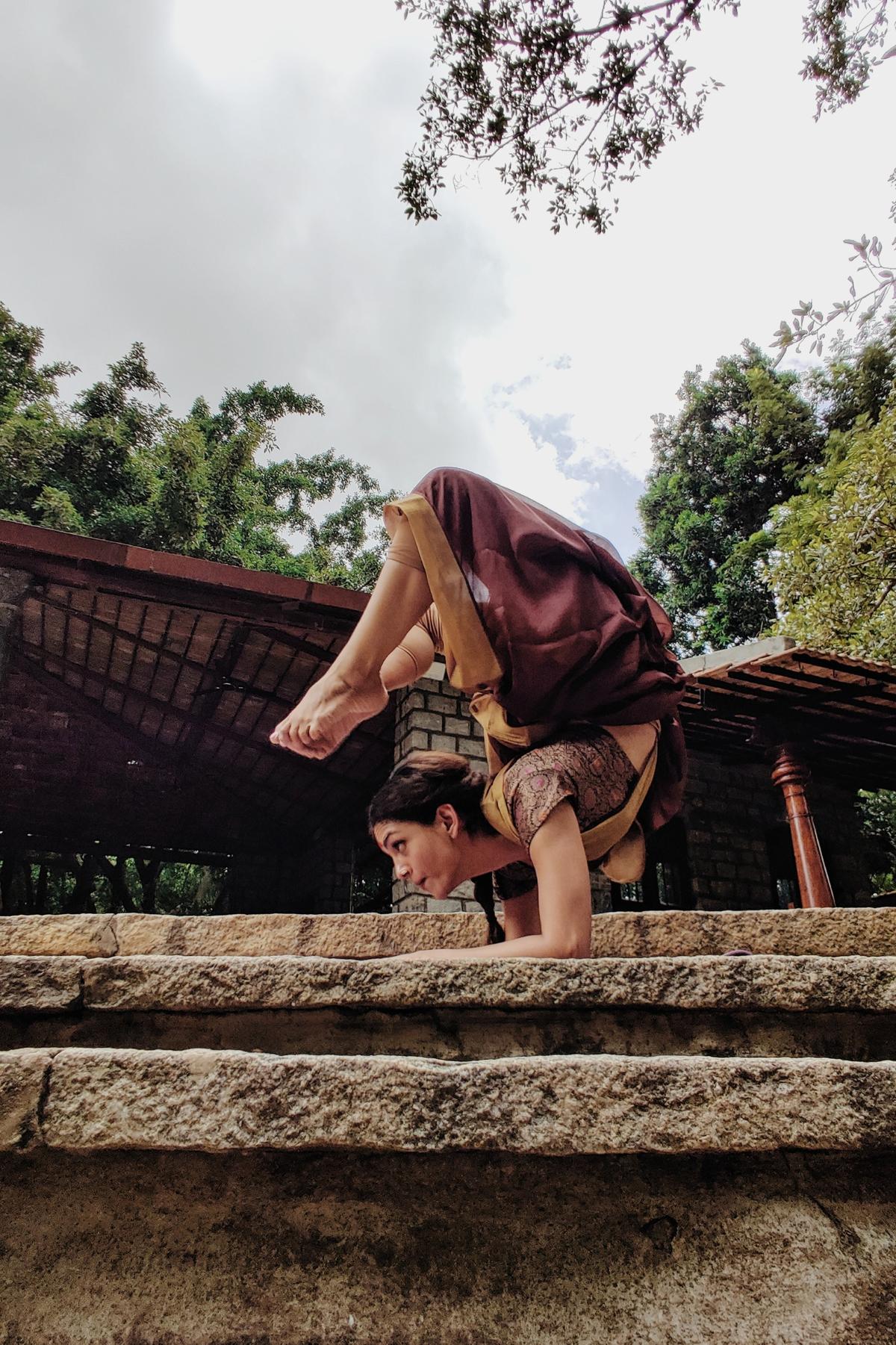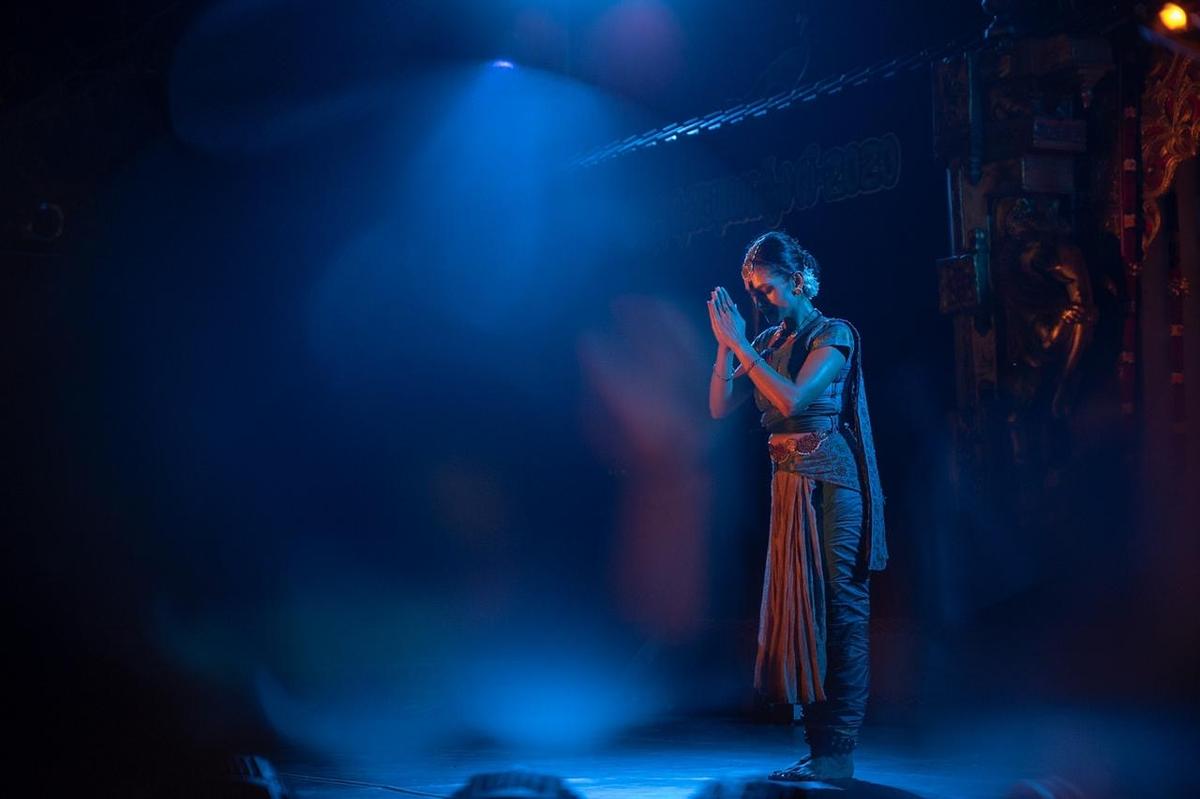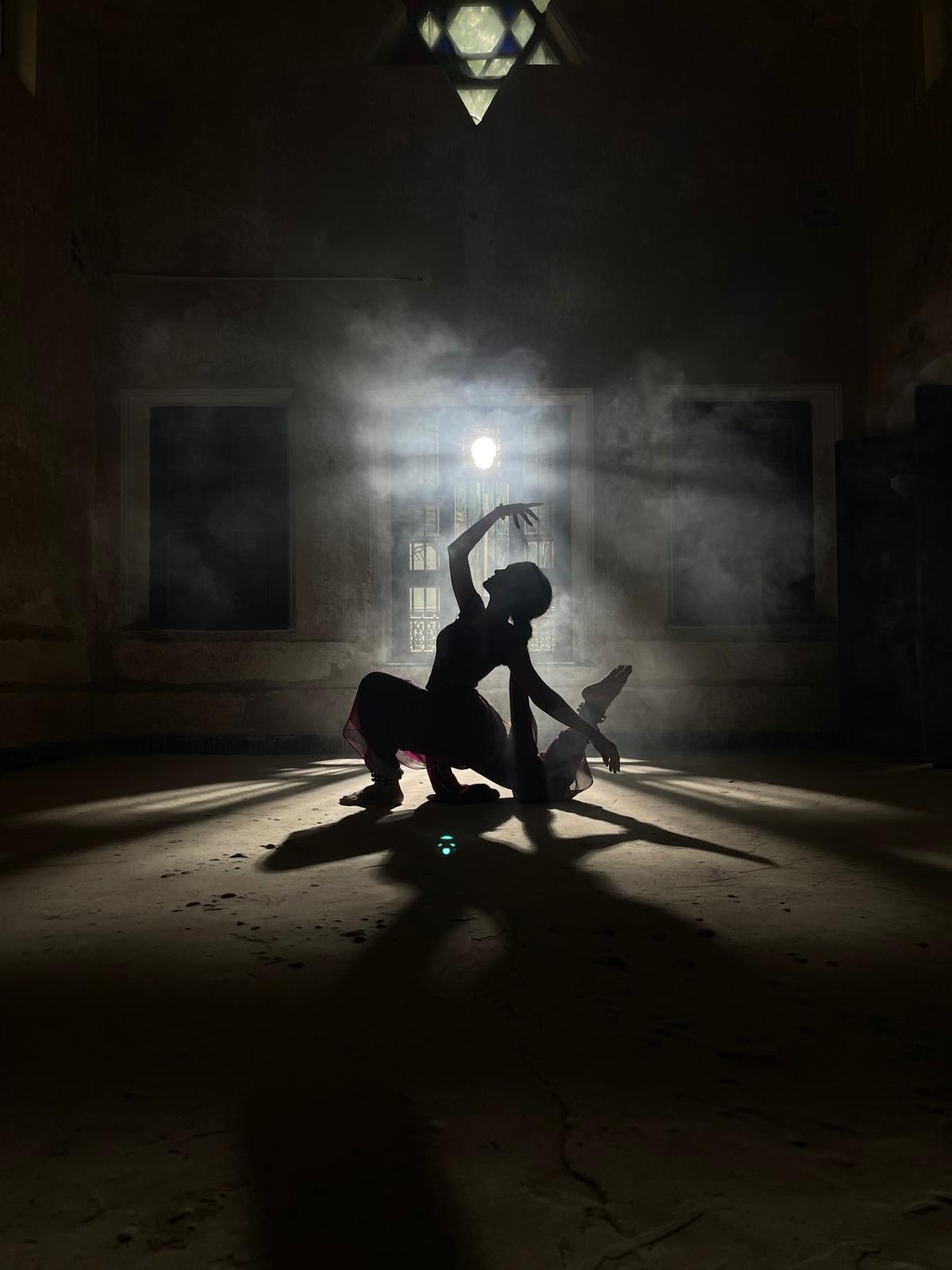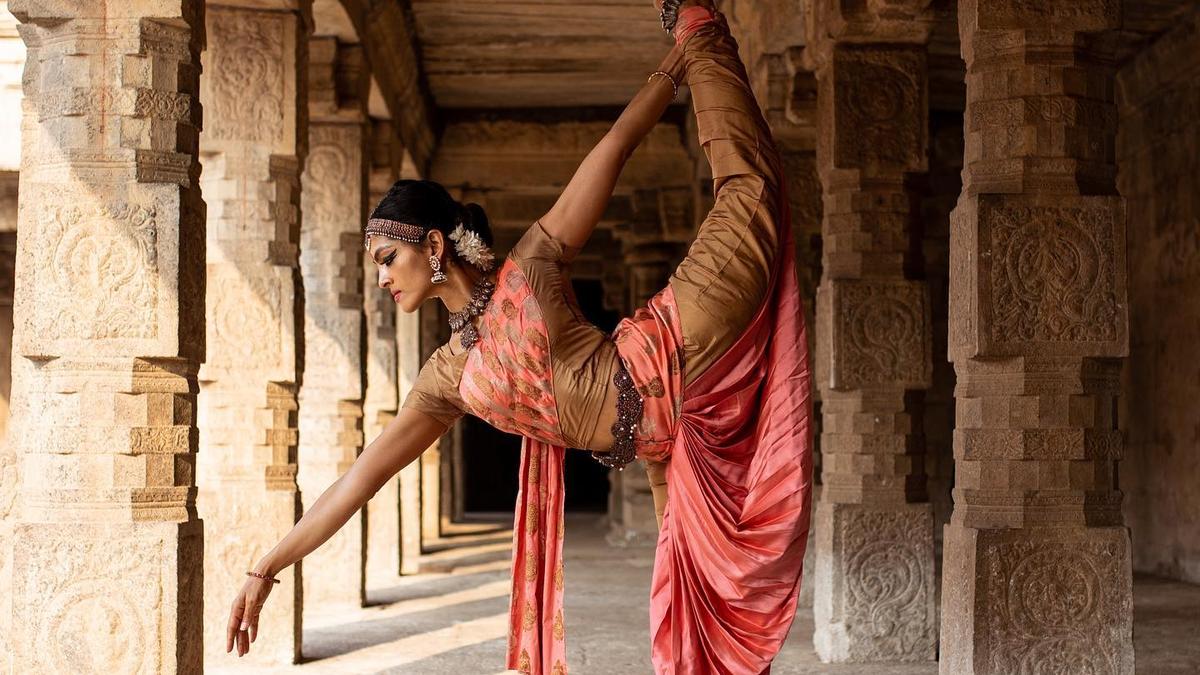How classical dance and yoga complement each other
In the silence of the music and the stillness of the movement , the expansive space of objectivity unfolds while I dance. In this space, everything seems leisurely, there is no urgency in the unfolding of characters and no visible end to this state of awareness. But as the muktayam plays, the awareness and objectivity diminish to a barely recognisable, miniscule presence within me, and I quickly emerge again with my name, my titles and roles, fully intact.
As a dancer who loved movement, the stillness of the physical practice of yoga was not very pleasurable as a teenager. I was restless and thrived on the physical gains of yoga more than the mental quiet and single pointed attention that it demanded. I was ecstatic with the physical prowess that I developed in yoga class. My balances became more controlled, my legs felt like they had gained an inch with all the stretching and I could contort myself into shapes that seemed a far reach just months earlier. I skipped pranayama class, yoga nidra classes, and any class that didn’t push me enough physically. I wanted only to be challenged physically.
Calming the mind is the key. Rukmini shows how.
| Photo Credit:
Courtesy: Raadha Kalpa
I didn’t realise that years of dancing would bring me back to the same stillness of yoga, even if it was through movement. In a fast-paced tillana, I need the inner leisure and space that yoga was begging to offer me earlier, in order to truly ‘dance’.
Dance and yoga have been intertwined in Indian culture — physically, and philosophically. Yoga and dance have the same deity — Shiva. He is often depicted seated in quiet meditation, or dancing with force, his matted locks creating gusts of wind, jumps causing mountains to erupt and twirls egging the waters of the ocean to rise. These two movement practices seem like contradictions, but in reality, they have the same effect on the mind that is seeking.
Yoga itself contrary to popular culture is not just a physical practice. The Hatha yoga that has become the most popular representation of yoga is misunderstood by many of us. Asana practice, is just asana practice. It has tremendous physical benefits, but I am hesitant to call it yoga in its true sense.

Dance and yoga have been intertwined in Indian culture – physically and philosophically
| Photo Credit:
Courtesy: Raadha Kalpa
‘Yogaha Chitra vritti nirodaha’ (yoga is the restrictions of the fluctuations of the mind).
People have come to believe in the various paths of yoga that are a means to the same end. But all these paths are intertwined, inseparable like creepers that cling to one another for sustenance.
One cannot have bhakti, without knowledge. Bhakti is not an emotion, it is a revelation that the entire universe is made of the same fabric of creation. In that revelation, there is so much joy and celebration and love, that it becomes bhakti, a reverence for life itself. While we act in the world, constantly trying to make the right choice, for the simple reason that it is right, without expectations and without being tied emotionally to the fruit of our actions, we become Karma yogis. One, however, cannot be a Karma yogi without having love and celebration for the world around him/her. Bhakti becomes a part of this Karma.
Yoga itself is a system that enumerates how one can begin to appreciate the oneness of this universe and as a result become a more amicable, loving presence in society. Yoga strives to create ‘samatvam’, equanimity in us. It attempts to help us live our lives with awareness, fullness, love, gratitude and an ability to experience joys and sorrows, successes and failures with ‘samatvam’.

The essence of both art and yoga is surrender.
| Photo Credit:
Courtesy: Raadha Kalpa
In the initial years, my practice of Bharatanatyam, was all about technique and physical clarity, even the emotive parts were carefully practised and rehearsed endlessly. Now the technicality, rhythm, and aesthetics of classical dance feel like a part of me, and they no longer require constant reminding. During a performance, as I surrender to a character, I am forced to let go of ‘Rukmini’ as I know her. The titles, relationships, and accolades that seem to define me outside of the imaginary world, no longer hold a place as I allow the dance to take over. While executing the role of a character, I must have control, awareness, specificity, and surrender all at once. The emotions of the character overwhelm me, but I have samatvam while I am overwhelmed. There is precision of execution alongside absolute surrender.
I realise now, that this is the same awareness, distance, and complete surrender that our lives outside of performance and dance require. Samatvam equanimity, even when emotions overwhelm us, allows us to make decisions in the leisurely quiet of our minds. This is what yoga strives to teach us, and this is what has been revelatory for me in performance. While I strive to imbue this samatvam into my life, I deeply relish it’s presence revealed in surrender to dance.

Poetry in motion.
| Photo Credit:
Courtesy: Raadha Kalpa
My fingers winding, circling my body
Eyes follow lost in a hypnotic trance
The tips of which touch and open
As water droplets trickle down my elbow.
In a moment they disappear into the expanse
Of the blue sky, the billowing clouds,
And again, I am in a web of circling droplets.
Every exhalation brings closer to me
My inner being swaddled in love,
Distant, engrossed, detached, passionate
Like sliding windows that exist all at once.
In dance I am the master, the power within,
I exude precision, tranquil rage, composed laughter.
The movement stops to create a sycophant
Rendered powerless by the perceptible, the palpable.
In imagination I am queen, harnessing
A cold detachment, measured emotion.
The music ends to command me once again,
A puppet, no strings attached.
Excerpt from the book Finding Shiva by Rukmini Vijayakumar

